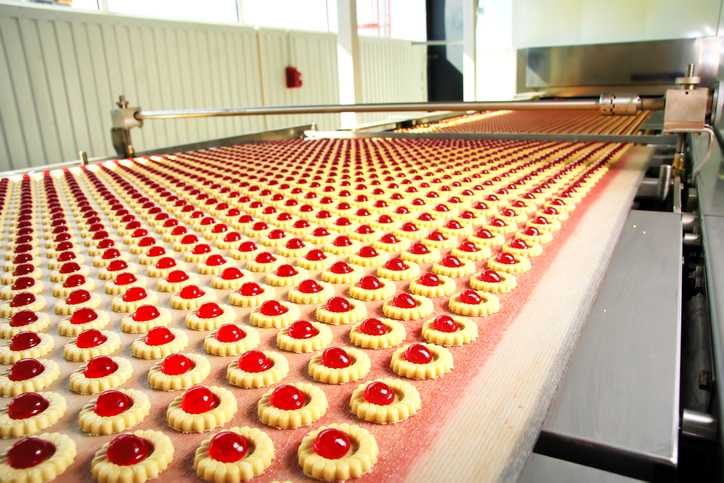We Americans have always wrestled with the age-old “angel versus devil” dilemma over what we eat. The conflict between health and well-being versus indulgence is played out in nearly every segment of the food industry, especially for baked goods.
But the baking business has evolved as people traded protein and fiber for the carbs and gluten in their diets. The reformulated recipes & products reflect consumer concerns about sugar, fat and other ingredients and the indulgence factor has been tempered by smaller portion sizes, great grains and healthier ingredients. This is particularly noticeable in the cookie segment, where bakers have adjusted their offerings to appeal to consumer desire for fewer calories, innovative flavors and artisan appeal. Volumes also have been driven by the increased sale of loose, single cookies in supermarkets, convenience stores and quick service restaurants.
As bakers ramp up to meet increased demand for cookies frozen raw and baked in-store – the workflow can get…sticky.
Some of the most common challenges bakers face include:
- The need to run multiple products on the same line
- Downtime due to lengthy cleanouts during product changeouts
- Product loss or inconsistency due to dough sticking, clumping or smearing on equipment
- Product waste associated with broken or off-spec product
- Ingredient handling: One of the best things bakers can do to boost quality and production volumes is to chill the dry ingredients immediately before mixing. By precisely lowering the temperature of the incoming dry ingredients – including pre-chilling any inclusions like chips or chunks to prevent melting -- processors can achieve precise product temperatures and increase quality and repeatability for higher throughput.
- Mixing: Thick mixtures, particularly gluten-free formulations can get very sticky, especially as the volume and mixing time increase. Chilling from the bottom, using nitrogen or carbon dioxide directly injected into the mixing bowl creates repeatable batch-to-batch dough quality and wastes less dough. This is especially important for bakeries seeking to scale up, who must achieve the consistency and quality their customers require. Bottom-up chilling also eliminates waiting times for ice melt and TEMPERATURE equilibration, which in turn reduces the overall processing time. This approach also reduces contamination risks posed by the transporting and handling of water ice or dry ice.
- Forming, portioning and cutting: Once the dough is mixed, raw cookie dough can be difficult to form, portion or cut if the mix isn’t chilled consistently. Cryogenically chilling the ingredients well helps eliminate imperfections in stamped shapes and delivers cleaner cuts at higher speeds. Cryogens also can be used to individually quick freeze bits of cookie dough which are sold for use as inclusions in ice cream. The technology eliminates product sticking or clumping to retain its desired shape and appearance.
- Packaging and storage: New, in-line cryogenic nitrogen impingement freezing technology offers significant advantages in speed, space and efficiency over other chilling or freezing methods, particularly for cookies packed in boxes to improve stackability. This reduces in-box compression of the cookies and allows more volume to be included per box. Fully freezing the dough in a cryogenic spiral freezer also is another option, especially for high volume plants or those with limited storage capacity in their holding freezers. Fully freezing the product allows bakers to preserve product quality and increase or eliminate freezer storage time prior to shipment. An added benefit of cryogenic freezing: A reduction or elimination in sugar bloom on the cookie when it is defrosted.
To learn more about different types cryogenic freezing systems, including those that may just crust freeze the surface, check out this guide by clicking on the button below.



Comments
Messer makes no warranty of any kind with respect to the subject matter, the completeness, or accuracy of this blog. Messer is not responsible for any actions (or lack thereof) taken as a result of relying on or in any way using information contained in this blog. In no event shall Messer be liable for any damages resulting from reliance on or use of information in this blog. Readers should take advice from a qualified professional when dealing with specific situations. Descriptions of, or references or access to, other publications within this blog do not imply endorsement of those publications. This blog may contain technical inaccuracies and changes to the information may be made at any time.
Gas products are hazardous. The use or misuse of gas products involves serious risks, including injury, disability and death. Users of gas products must use the Safety Data Sheets for the gas products to warn their employees and others who are exposed to the gas products or hazards associated with such products.